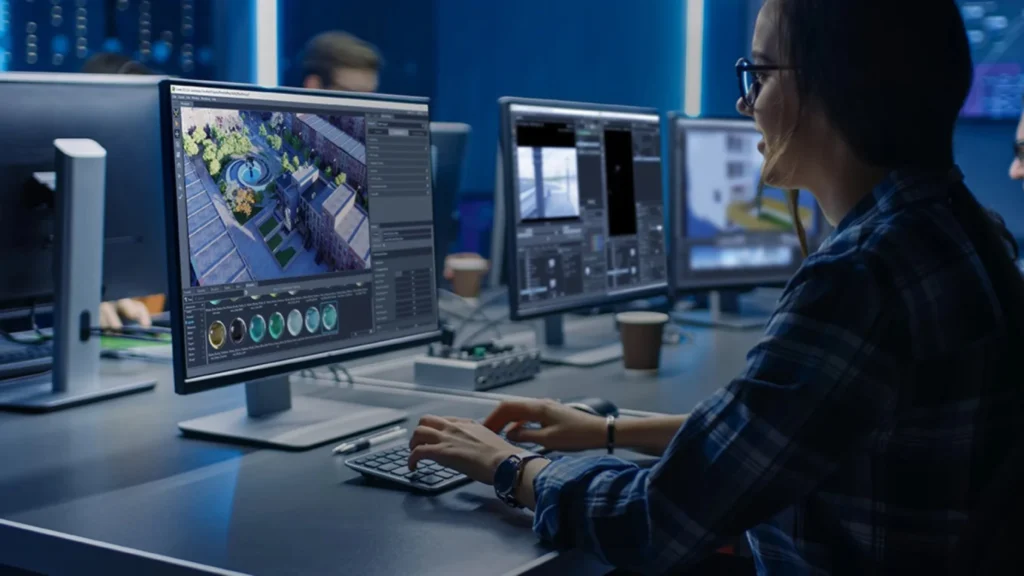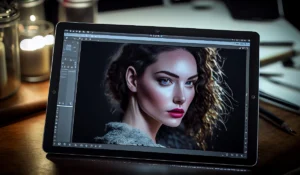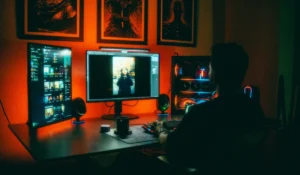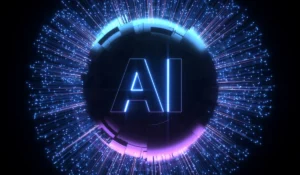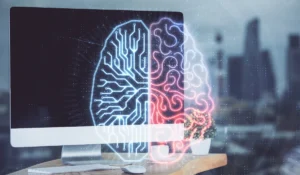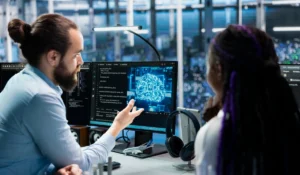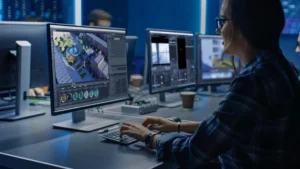In 2025, AI tools for designers have become essential for creating professional and innovative designs. These intelligent platforms streamline workflows, enhance creativity, and allow designers to focus on high-level tasks instead of repetitive work. By integrating these tools, professionals can explore multiple design concepts quickly and efficiently, producing high-quality projects in less time.
AI-driven software can generate layout ideas, color schemes, and graphics that were previously time-consuming. Consequently, designers can explore multiple concepts quickly and make data-driven creative decisions. The integration of AI has transformed both individual and collaborative design workflows.
How AI Tools Enhance Creativity for Designers
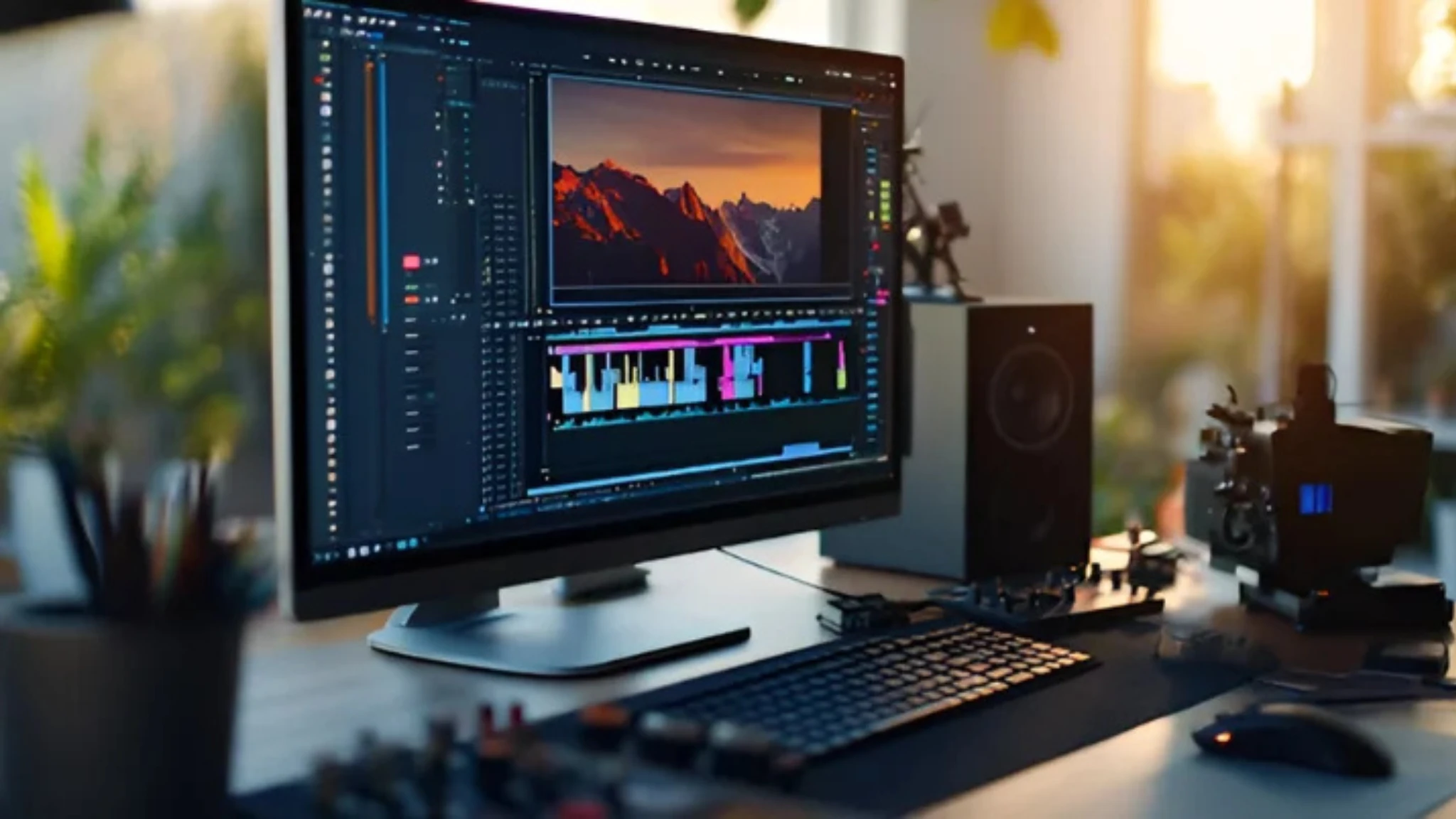
AI-powered design solutions have changed how professionals approach creative work. By automating repetitive tasks, they save time and reduce errors, allowing designers to focus on higher-level concepts. Additionally, AI analyzes user behavior and design patterns to inform effective decisions.
For example, AI can suggest optimal typography, layouts, and color palettes tailored to project goals. This improves both creativity and efficiency while ensuring designs remain visually appealing. As a result, these intelligent design tools are now a key part of modern creative processes.
Best AI Tools for Designers in 2025
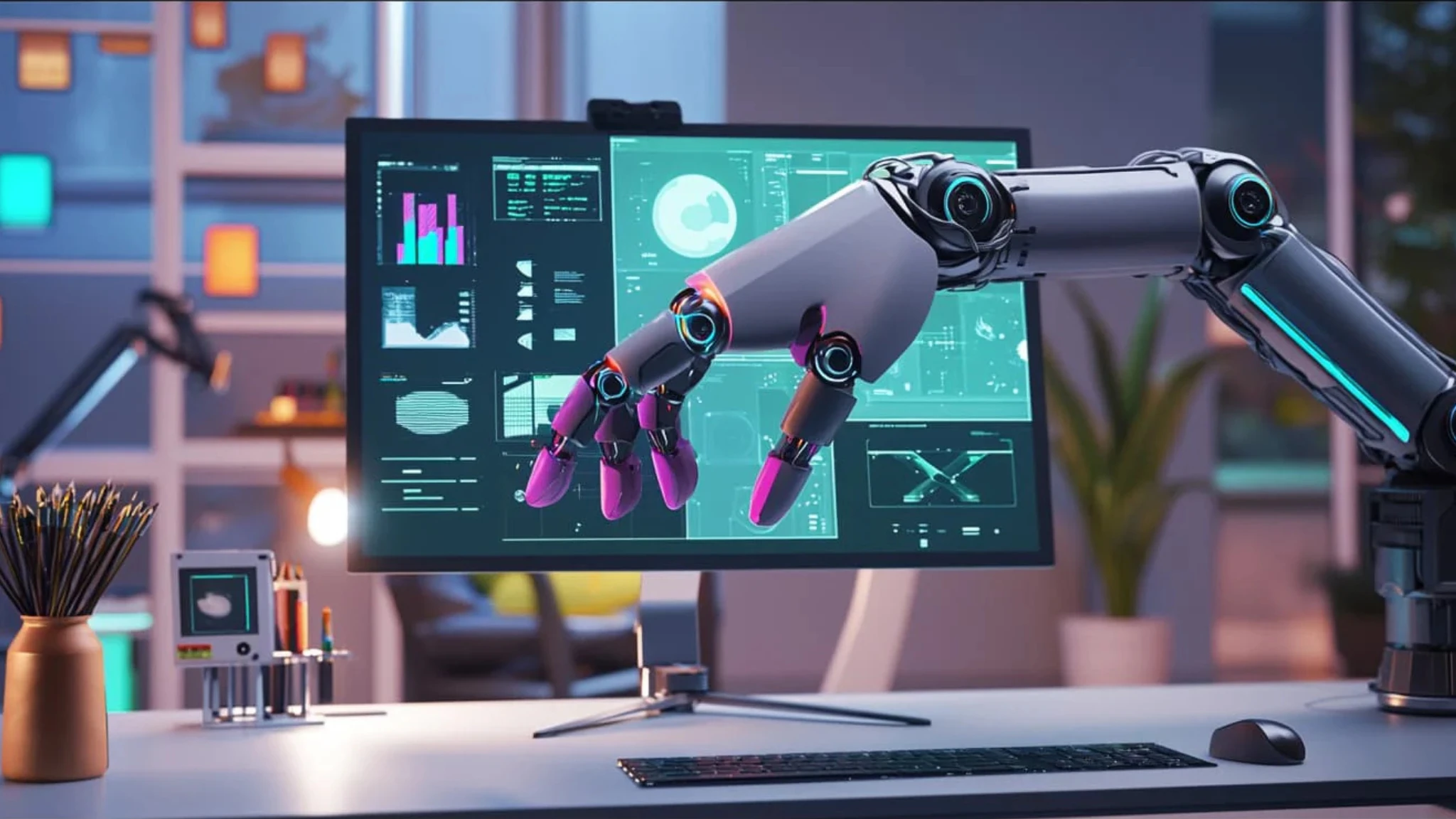
Canva Magic Design: AI Tools for Graphic Design
Canva Magic Design transforms simple prompts into fully designed visuals, generating templates, layouts, and color palettes automatically. Users can experiment with multiple versions quickly, accelerating the creative process. Explore more AI-based design tools here.
Adobe Firefly: AI Tools for Visual Designers
Adobe Firefly uses generative AI to create images, visual effects, and custom graphics from text descriptions. It integrates seamlessly with Adobe Creative Cloud, enabling designers to enhance projects without leaving the platform. Instant visual variations save considerable time during the design process.
Figma with AI Integration: AI Tools for UI/UX Designers
Figma has integrated AI to assist in app and interface design. AI agents can access prototypes and generate improved layouts automatically, enhancing collaboration among teams. Consequently, designers can produce high-quality user interfaces faster while maintaining project consistency.
Google Mixboard: AI Tools for Creative Mood Boards
Google Mixboard is an AI-powered tool that simplifies brainstorming for designers. Users can create visual mood boards using prompts or templates, while AI suggests complementary visuals and color palettes. This improves collaboration by enabling teams to contribute ideas efficiently. Discover more AI-based design tools to enhance your creative workflow.
Lummi AI
Lummi AI helps generate design concepts and layout suggestions based on user input. It offers multiple iterations, helping designers overcome creative blocks quickly. With this intelligent design tool, professionals can explore new creative directions without spending hours manually refining ideas.
Freepik AI Suite
Freepik AI Suite provides AI-driven features like image generation, background removal, and content enhancement. Designers can focus on ideation while the AI handles repetitive tasks efficiently. This software ensures professional results across multiple media formats and design projects.
Octopus AI
Octopus AI automates user research by analyzing large datasets and providing actionable insights. Designers can make informed decisions without manually processing the information. This intelligent software improves UX and ensures designs align with audience needs.
Benefits of Using AI Tools in Design
AI design tools enhance creativity by suggesting ideas that designers may not immediately consider. They also improve efficiency by automating repetitive tasks, allowing more time for strategic and high-level work. Additionally, AI promotes better collaboration among design teams.
These intelligent tools provide insights from user behavior and data trends, enabling designers to make decisions backed by evidence. Professionals can test multiple iterations rapidly, improving overall quality. Consequently, AI-powered solutions help deliver visually compelling and functional designs consistently.
Challenges of AI Tools for Designers
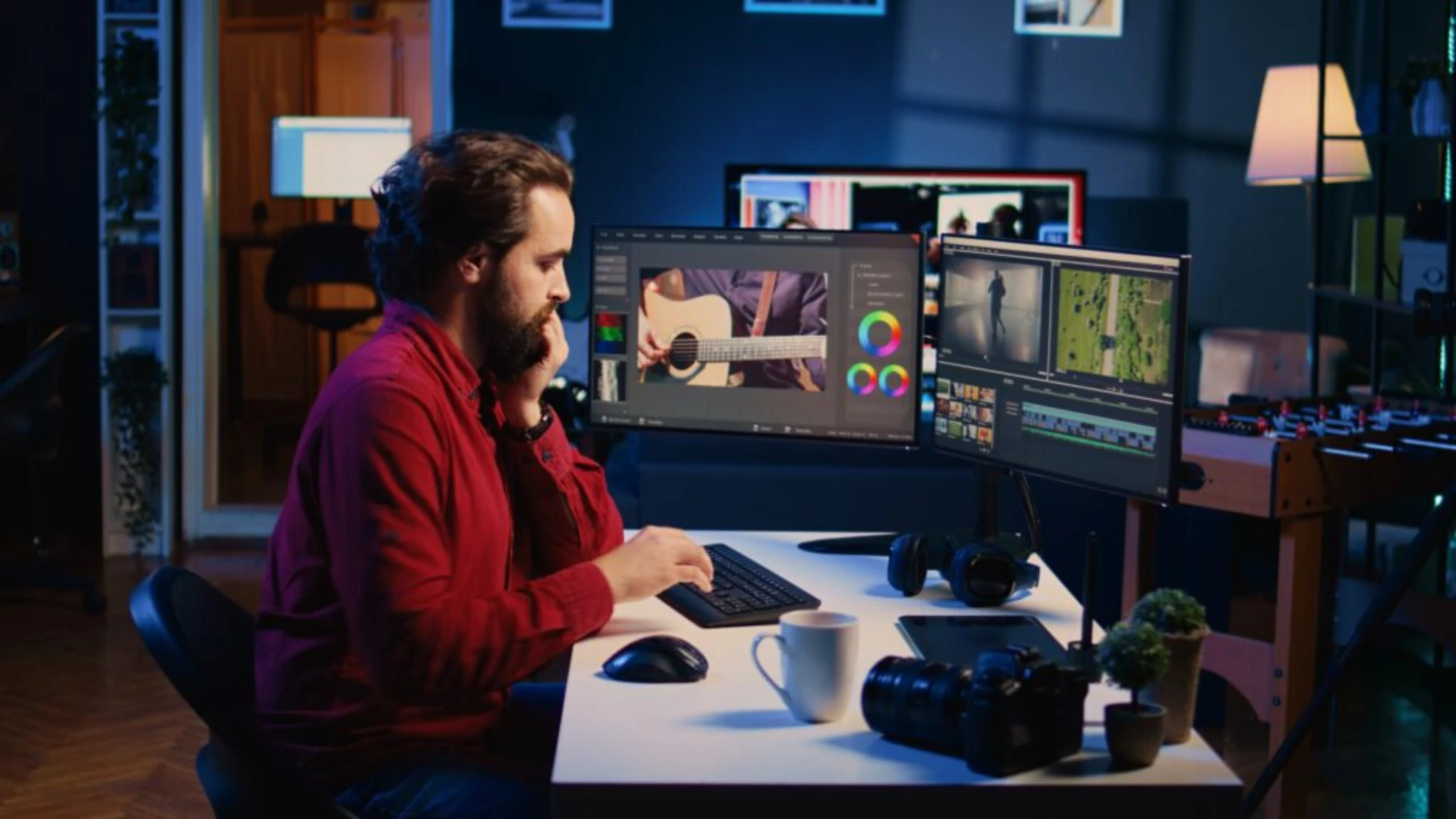
Despite the benefits, designers must be cautious about over-reliance on AI. Excessive dependence can stifle originality if human judgment is sidelined. Learning new AI platforms may also require time and practice to use them effectively. Integrating AI thoughtfully ensures it enhances creativity rather than replacing it.
Data privacy is another concern, as sharing sensitive information with AI platforms needs careful management. By balancing automation with human creativity, designers can maximize the advantages of AI while minimizing potential risks, ensuring projects stay secure. Additionally, regularly updating software and monitoring access can help prevent data breaches and maintain confidentiality.
Future Trends in AI Design Tools
The future of AI-powered design solutions is highly promising. AI-assisted 3D modeling, predictive design suggestions, and AR/VR integration are expected to become standard practice. These advancements will enhance creativity, efficiency, and collaboration across the design industry.
Designers who adopt these technologies early will gain a competitive edge. Staying informed about emerging AI trends is crucial for professionals who want to remain innovative and relevant in the evolving creative landscape. Leveraging AI-based design tools can streamline workflows and unlock new creative possibilities.
Conclusion
In 2025, intelligent design tools have transformed the creative process. They enhance efficiency, spark innovation, and improve collaboration. Designers who integrate AI into their workflow can produce high-quality, user-focused designs more effectively than ever before. For a complete guide to the top AI tools available today, check out what are the best AI tools. As a result, creative teams can meet tight deadlines without compromising quality.
These AI-powered solutions complement human creativity, allowing designers to focus on strategy, originality, and artistic direction. Adopting AI ensures professionals remain competitive and capable of meeting modern design demands efficiently. Furthermore, AI adoption encourages experimentation with new styles and design approaches, expanding creative possibilities.
FAQs About AI Tools for Designers
Q1: Can AI replace professional designers?
AI design tools assist rather than replace human creativity. They handle repetitive tasks, allowing designers to focus on innovation.
Q2: Do AI tools require technical skills?
Most AI platforms are user-friendly and accessible to both beginners and experienced designers.
Q3: Are there free AI design tools available?
Yes, many AI solutions offer free plans with essential features for small-scale projects.
Q4: Is data secure with AI-powered design tools?
Reputable AI tools adhere to strict privacy standards, but reviewing terms of service is essential.
Q5: Can AI improve UX and UI design?
Yes. AI analyzes user behavior and data, helping designers create more effective and user-friendly interfaces.

